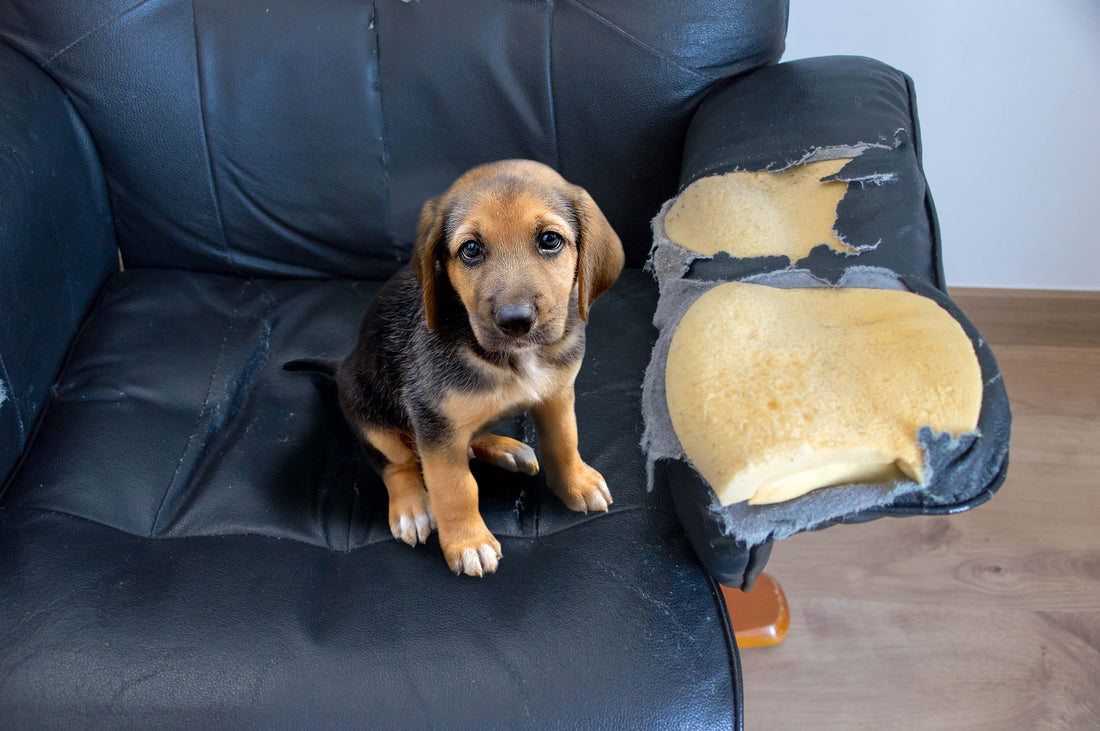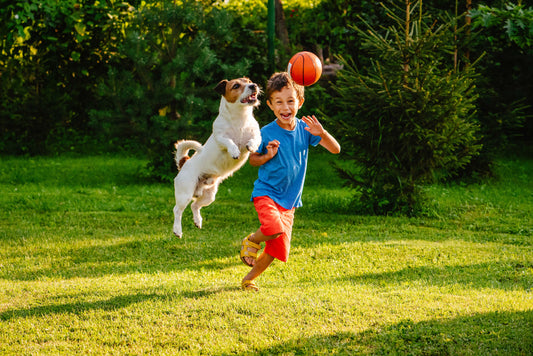Creating a harmonious environment for your pet is crucial to ensuring their happiness and wellbeing. Establishing clear rules and boundaries can significantly reduce misbehaviour, helping to prevent guilt-inducing situations for both you and your furry friend. This guide will provide you with practical strategies to set up effective rules and boundaries to keep your pet well-behaved and content.
Understanding Misbehaviour in Pets
Misbehaviour in pets often stems from a lack of understanding of acceptable behaviour. Pets rely on their owners for guidance and structure, and without clear rules, they may act out of confusion or frustration. Common misbehaviors include excessive barking, chewing, jumping on furniture, and ignoring commands.
The Importance of Clear Rules and Boundaries
Establishing clear rules and boundaries helps your pet understand what is expected of them. Consistent rules provide a sense of security and reduce anxiety, as pets thrive in structured environments. Clear boundaries also help prevent accidents and damage to your home, making life easier for both you and your pet.
Setting Up Effective Rules
Consistency is Key
Consistency is crucial when establishing rules. Ensure that all family members are on the same page and enforce the rules uniformly. Mixed messages can confuse your pet and lead to inconsistent behaviour.
Start with Basic Commands
Begin by teaching your pet basic commands such as "sit," "stay," "come," and "leave it." These commands form the foundation of good behaviour and can be used to manage various situations. Use positive reinforcement, such as treats and praise, to encourage compliance.
Define Off-Limit Areas
Designate certain areas of your home as off-limits to your pet. Use baby gates or closed doors to restrict access to these areas. This helps prevent accidents and teaches your pet to respect boundaries.
Establish Feeding Rules
Set specific times and locations for feeding your pet. Avoid feeding them from the table or allowing them to beg for food. This helps prevent overeating and discourages begging behaviour.
Creating Boundaries for Your Pet
Use Visual and Physical Cues
Visual and physical cues, such as baby gates, barriers, and designated pet areas, can help your pet understand boundaries. Use these tools to create clear separations between different areas of your home.
Leash Training
Leash training is essential for dogs, as it helps establish control and prevent misbehaviour during walks. Teach your dog to walk calmly on a leash and use commands like "heel" to keep them by your side.
Crate Training
Crate training provides a safe and secure space for your pet. It can be particularly useful for managing behaviour when you're not at home. Ensure the crate is comfortable and use it as a positive space rather than a punishment.
Addressing Misbehaviour
Redirecting Attention
If your pet exhibits undesirable behaviour, redirect their attention to a more appropriate activity. For example, if your dog starts chewing on furniture, offer them a chew toy instead. This helps reinforce acceptable behaviour without using punishment.
Positive Reinforcement
Reward your pet for good behaviour with treats, praise, and affection. Positive reinforcement encourages them to repeat the behaviour, making it more likely to become a habit.
Consistent Corrections
When correcting misbehaviour, ensure your approach is consistent and immediate. Use a firm but calm voice to communicate that the behaviour is unacceptable. Avoid physical punishment, as it can create fear and anxiety.
Training Tips for Success
Short, Frequent Sessions
Keep training sessions short and frequent to maintain your pet's attention and prevent frustration. Aim for several five-minute sessions throughout the day rather than one long session.
Patience and Persistence
Training takes time, and it's essential to be patient and persistent. Celebrate small successes and remain consistent with your approach. Over time, your pet will learn and adapt to the established rules and boundaries.
Professional Help
If you're struggling to manage your pet's behaviour, consider seeking professional help. A qualified trainer or behaviourist can provide personalised guidance and support to address specific issues.
Fostering a Positive Environment
Enrichment Activities
Provide your pet with enrichment activities to keep them mentally and physically stimulated. Interactive toys, puzzle feeders, and regular playtime can prevent boredom and reduce misbehaviour.
Exercise and Socialisation
Regular exercise and socialisation are crucial for your pet's wellbeing. Ensure they get enough physical activity and opportunities to interact with other animals and people.
Maintain a Routine
Pets thrive on routine, so establish a consistent daily schedule for feeding, exercise, and training. A predictable routine helps reduce anxiety and promotes good behaviour.
Ensuring Long-Term Success
Creating clear rules and boundaries is an ongoing process that requires dedication and consistency. By establishing a structured environment and addressing misbehaviour promptly, you can prevent guilt-inducing situations and foster a positive relationship with your pet.
A Harmonious Home for You and Your Pet
Establishing clear rules and boundaries helps create a harmonious home where your pet feels secure and understands what is expected of them.
At Healthy Pet Co., we're dedicated to supporting you with expert advice and high-quality products to enhance your pet's wellbeing. For more tips and resources on pet care, visit our blog and explore our range of vet-approved products. Together, we can ensure your pets live their best lives.




